Decoding the Chemical Language of Nature – Jing-Ke Weng | TEDxBeaconStreet (2015)
Chemical diversity in nature is bewildering. Repertoire of chemicals in plants is especially rich. A great majority (almost all) of the single-compound drugs have been discovered in plants: salicylic acid (Aspirin), artemisinin (anti-malarial), thebaine (analgesic derived from opium) are just a quick few to spell out. All these chemicals are products of specialized secondary metabolic pathways in plants. Chemical compounds forming specialized metabolites protect plants against various abiotic stresses and mediate an array of interspecies interactions, ranging from seduction of […]

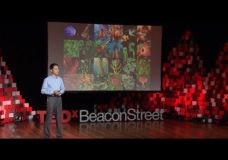
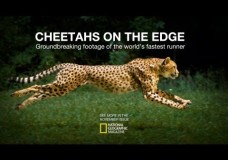
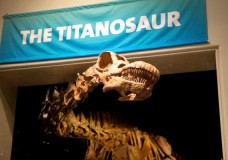
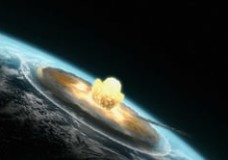
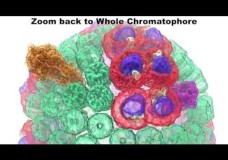
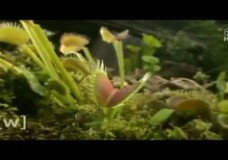
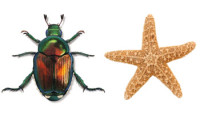

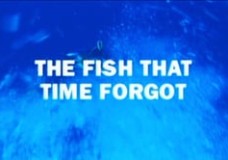
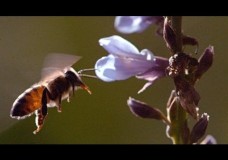
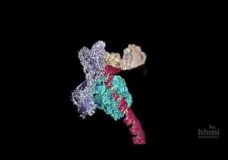
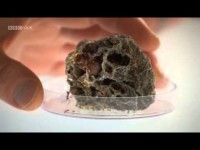

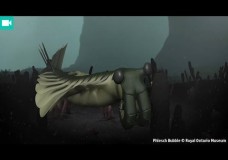
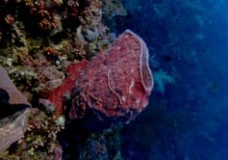

Recent Comments